trappist1
Latest
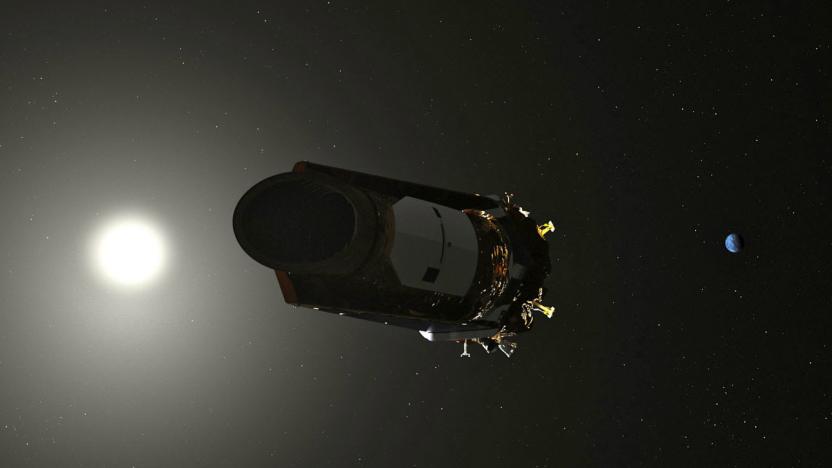
Kepler beams back final image from its almost decade-long journey
NASA bid a bittersweet farewell to its Kepler spacecraft in October. During its nine-and-a-half year journey, the space telescope spotted more than 2,600 planets outside of our solar system. Not bad for a mission that was initially expected to last 3.5 years. And retirement didn't stop it from beaming back additional discoveries in the new year, among them a previously overlooked gas-rich world similar to Neptune, a super Earth and a Saturn-sized body orbiting a Sun-like star. But now the space agency has shared Kepler's "last light" image taken on September 25th. NASA claims the view marks the craft's final record before it ran out of fuel roughly a month later.
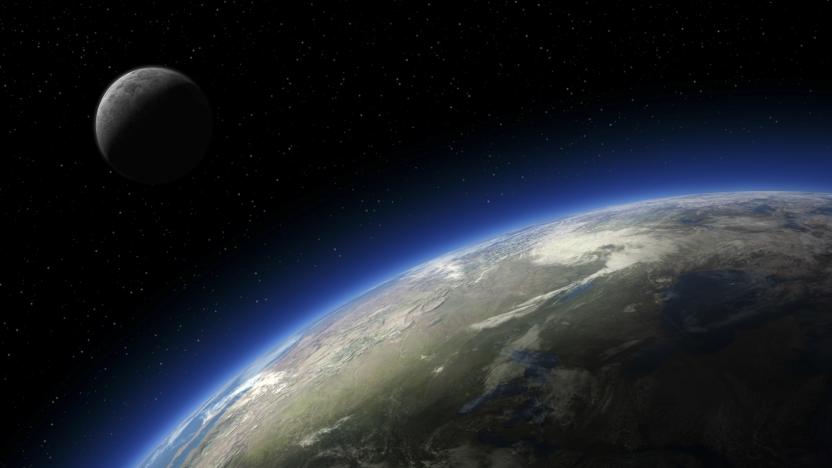
NASA wants to change the way we think about the habitable zone
"There are great possibilities in expanding the habitable zone beyond our traditional blinders on that vision where it's Earth or nothing." That's Cynthia Phillips, a planetary geologist at NASA's Jet Propulsion Laboratory. She's currently working on a mission to study Europa, one of Jupiter's icy moons with a subsurface ocean. Jupiter -- and, by association, Europa -- is well outside the "habitable zone," the gauge astronomers have used for years to determine whether a planet can sustain liquid water, a major precursor for life. But in Phillips' view, being outside of this zone doesn't automatically mean the moon or planet is devoid of life. At SXSW, Phillips and a panel of NASA scientists discussed how they're approaching the search for alien life within our own solar system and beyond -- and as it turns out, they're not necessarily looking for another Earth.
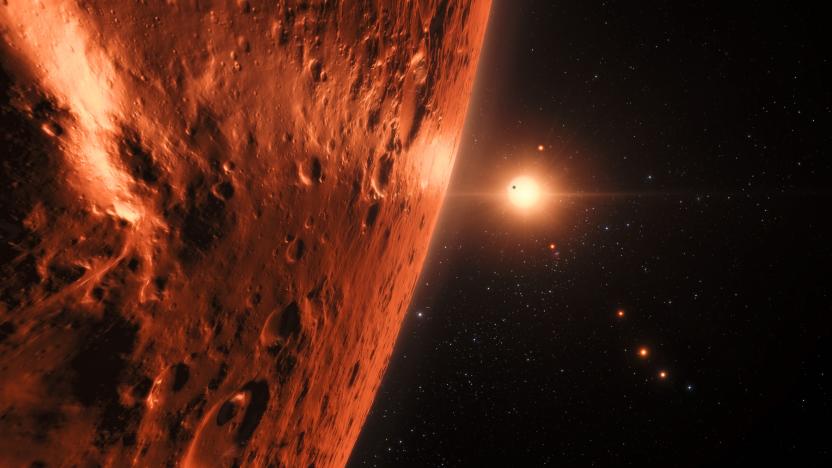
Hubble telescope spots evidence of water on Trappist-1 planets
Scientists say it's possible five Earth-sized planets orbiting Trappist-1, an ultra-cool dwarf star located 39 light years away, contain "significant amounts of water." An international team of astronomers used the Hubble Space Telescope (HST) to measure the amount of ultraviolet (UV) radiation hitting all seven Trappist-1 exoplanets. The phenomenon is important because low-energy UV radiation can break down water molecules into hydrogen and oxygen; higher levels heat the upper atmosphere to the point where the two elements can escape. UV radiation is therefore useful in modelling water loss and atmospheric stability in distant planets.
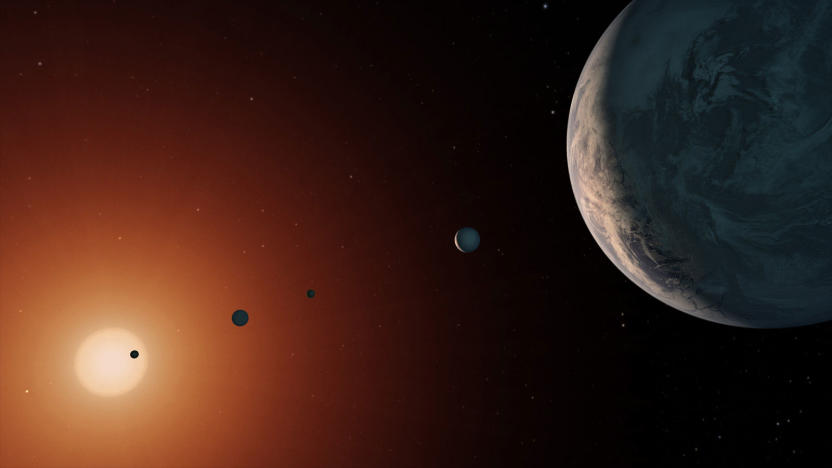
The TRAPPIST-1 star system may be too old for life
We hate to further quash hopes that the TRAPPIST-1 star system can harbor life, but... it's not looking great. Researchers have determined that the dwarf star is between 5.4 billion years old and 9.8 billion years old, or considerably older than the 4.5 billion years of the Solar System. That age isn't necessarily bad, but it increases the likelihood that any life-supporting planets around TRAPPIST-1 lost their atmospheres and water to billions of years of high-energy radiation. And even if their atmospheres were thick enough to block the radiation, there's a possibility that a Venus-like runaway greenhouse gas effect cooked the planets' surfaces.
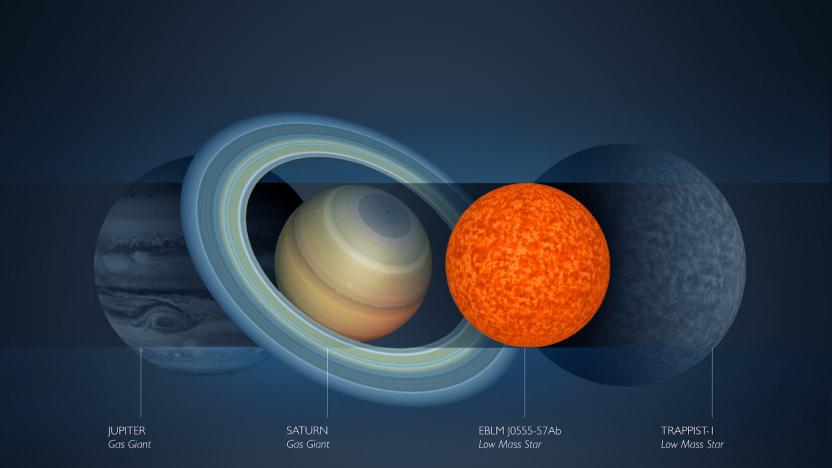
Astronomers spot the smallest star so far
Researchers at the University of Cambridge have found the smallest star ever discovered. It's just slightly bigger than Saturn and while its mass is similar to that of TRAPPIST-1 -- which NASA recently found seven Earth-sized planets rotating around -- its radius is 30 percent smaller.
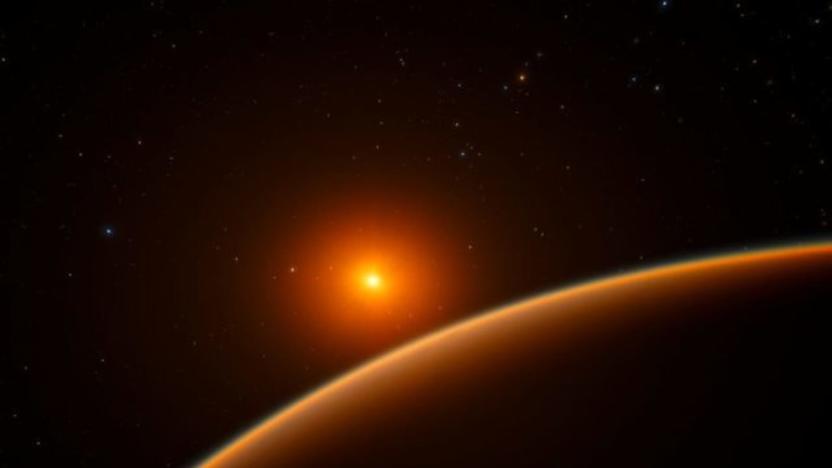
ESA’s search for Earth’s ‘twin’ starts in 2026
The European Space Agency (ESA) announced today that it is officially adopting the PLATO mission. PLATO, which stands for PLAnetary Transits and Oscillations of stars, is a planet-hunting project that will look for Earth twins -- planets just like our own.
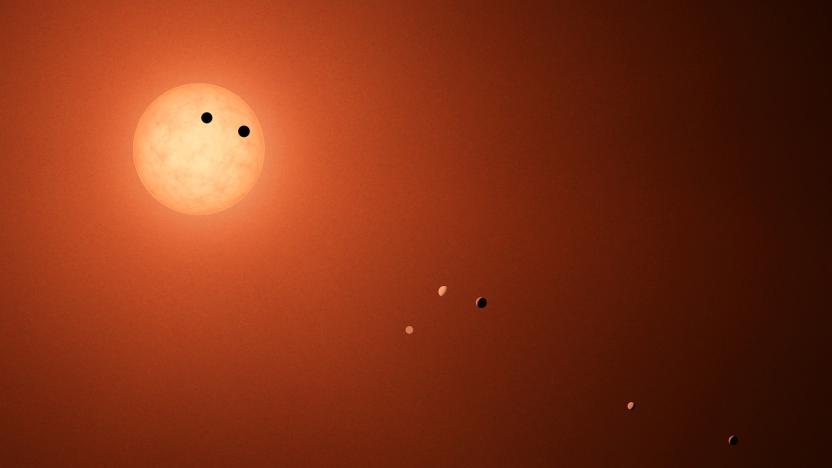
Trappist-1 planets may have formed from chunks of melting ice
After its discovery, Trappist-1 instantly became one of the most interesting stars in the Milky Way, with seven Earth-sized planets including three in the life-supporting "habitable zone." But, why did the planets form in such uniform Earth-like sizes so close to their star? Astronomers from the University of Amsterdam believe everything can be explained by small chunks of ice that clustered in the region where water just starts to freeze. Eventually, enough chunks clotted together like plasticine, forming worlds just inside the "ice zone" -- the perfect spot for life.

NASA offers first look at planet-rich Trappist-1 star system
NASA was quick to offer conceptual images of Trappist-1 and its abundance of Earth-sized planets. But what does the star system look like, really? At last, now we know... sort of. As part of a raw data release, NASA has offered a simple, 11-by-11 pixel animation that shows the dwarf star as it was on February 22nd. Technically, you're looking at a target pixel file that represents the light levels the Kepler space telescope caught while studying Trappist-1 for an hour. You won't see planets, unfortunately -- an Earth-like planet would barely make a blip in the brightness levels, even if it crossed directly in front of the star.
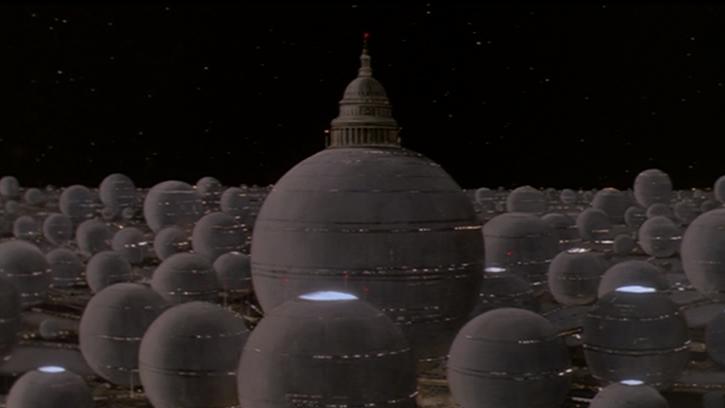
After Math: Oh, balls
It was a stellar week for spheroids, both the physical and metaphorical varieties. NASA discovered seven new planets (three of which are habitable) just 40 light years away. Ants on golf balls are teaching scientists about insectoid navigation skills. Facebook wants to be a sports broadcaster and the NBA hopes that VR will help revolutionize the game. Numbers, because that's how we keep score.
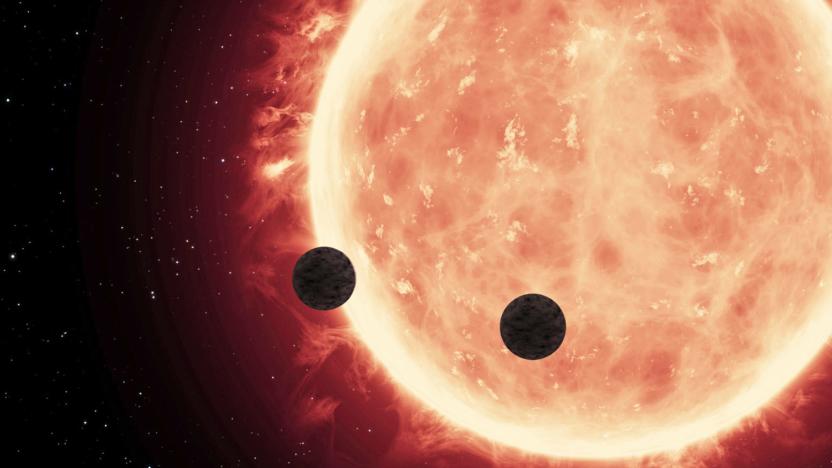
Hubble study finds two potentially habitable exoplanets
Scientists from MIT and the University of Liège studying a planetary system orbiting the star TRAPPIST–1 have discovered two rocky, Earth-like and potentially habitable planets only 40 light years away from home. According to a paper published in Nature today, the atmospheres on planets TRAPPIST–1b and TRAPPIST–1c are likely to be dense and compact like the atmospheres of Earth, Venus and Mars.
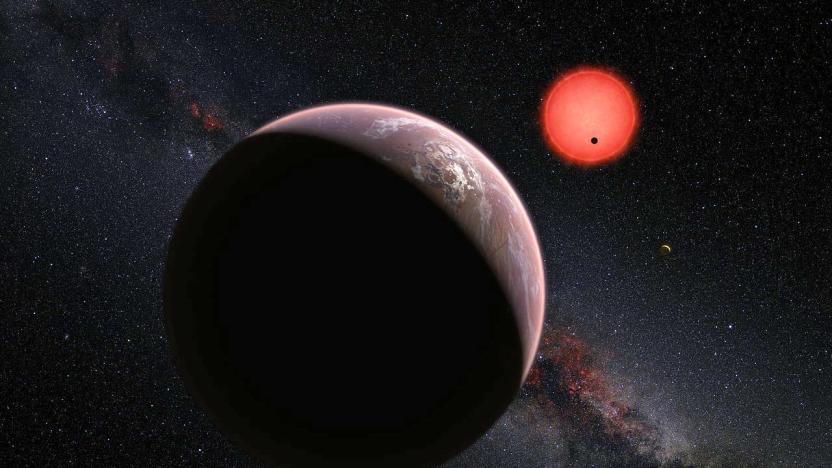
Three Earth-sized planets exist in the Aquarius constellation
It's the dawning of the age of Aquarius. Well, the discovery of three planets orbiting a cooler-than-the-Sun dwarf star located in the Aquarius constellation, according to NASA. A number of telescopes, including the TRAPPIST at the La Silla Observatory in Chile were used in this trio, and the star itself bears the name TRAPPIST-1 for pretty obvious reasons. The planets are Earth-like in size and two of them orbit the star roughly every 1.5 and 2.4 days. The third one has proven a bit harder to track, with NASA saying its orbit is anywhere between 4.5 to 73 days.







